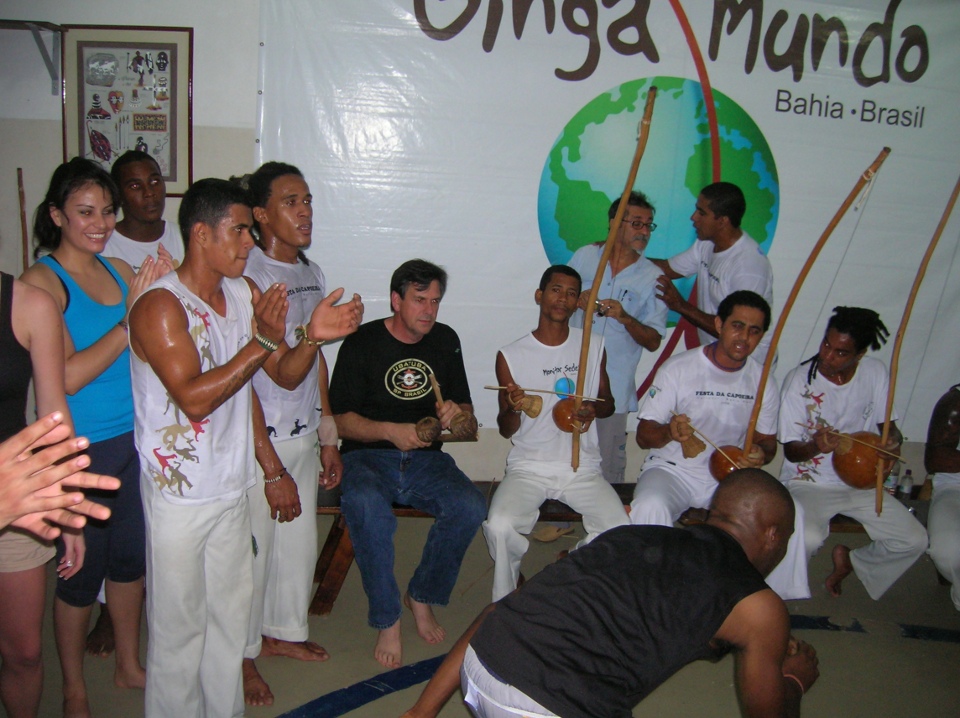No more user submissions are accepted, but we invite you to browse the existing archive.
Cultural Differences
Sharing photos from around the world
Click on any of the LESCANT letters above to begin your search or add your comments.
The cultural effects of Language go beyond the simple matter of speaking different languages. This area includes issues such as being identified as an insider or outsider, who decides which language to speak, the position of power based on language use, and linguistic ethnocentrism (we all think our language is somehow the best). Photographs in this section also show the way language is used in different cultures.
The cultural effects of Language go beyond the simple matter of speaking different languages. This area includes issues such as being identified as an insider or outsider, who decides which language to speak, the position of power based on language use, and linguistic ethnocentrism (we all think our language is somehow the best). Photographs in this section also show the way language is used in different cultures.
This includes such things as the physical traits of a location (e.g., size of an office), the effects of climate, topography, population, and the use of space. It also includes the perception the use of technology in changing the physical surroundings. Photographs in this section show some of these physical items.
Context refers to how much people depend on overt communication (e.g., the actual words spoken, the items written, or rules followed) versus a communication that relies on stored information gained from personal relationship and interactions. Thus “low context” cultures depend less on the context while “high context” cultures rely on stored information for their communication. Issues related to face-saving and politeness are often tied to our understanding of Context.
The category includes a wide range of cultural issues: emblems, gestures, dress, eye contact, touch, proxemics, smell, colors, and numbers. Photographs from this category can include a wide range of sights from all over the world.
Not only does this focus on how we organize our calendar and schedule, but it focuses on cultures that follow monochronic time (those that handle one task at a time) and those that follow polychronic time (those that engage in many tasks at the same time).













